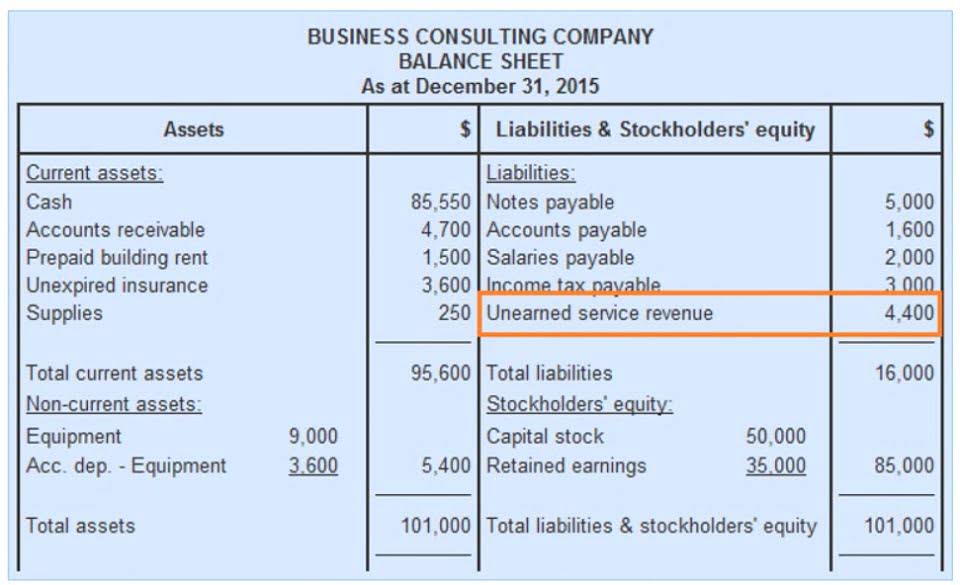It basically means that you’ve agreed to let them do the talking, and share any key information that pertains to the quarter’s return. If you choose this route, you’ll need to give their phone number and name. Just remember that the filing deadline always falls on the last day of the month following the end of the quarter.
Complete business information in Part 3
There are numerous annual and quarterly reports that are essential for keeping your organization compliant. Filing deadlines for Form 941 are strict, falling on the last day of the month following a quarter’s end. Failure to file or underreporting can result in significant penalties. Given the complexity of this form and the risks involved, it’s smart to consult with a tax advisor or business attorney for more detailed guidance. The IRS developed Schedule R (Form 940) to allocate the aggregate wage, tax, credit, deposit, and payment amounts reported on Form 940.
Our time tracking, scheduling, and payroll solutions are designed to keep your employee data organized, streamline your payroll processes, and reduce the headaches that come with tax filing. Whether it’s simplifying your employee hours, calculating wages, or ensuring on-time tax deposits, OnTheClock’s solutions can make managing your business’s taxes a lot less overwhelming. FUTA is a federal law that requires employers to pay a tax based on their employees’ wages. The revenue from FUTA taxes helps fund unemployment benefits for workers who lose their jobs, providing them with financial support as they search for new employment. Unlike other payroll taxes, FUTA is paid entirely by the employer, not the employee. However, while businesses usually pay taxes annually, there is a necessary tax form for businesses.
Taxes Reported on Form 941
In Part 3 of Form 941, you’ll provide information about your organization. You can leave any questions that don’t apply to you blank.
- In box 6, you’ll total boxes 3, 5e, and 5f to get your total taxes before adjustments.
- If you send the form by mail to the IRS, the destination depends on your organization’s state.
- It is based on the days you are late with the correct payment.
- If you discover any errors, you’ll need to submit an amended Form 941.
- In addition, the instructions explain that the credit for COBRA premium assistance payments ended after September 30, 2021.
- Thus, HR personnel must be aware of four different deadlines and submit the forms by the end of each month after the quarter.
A Complete Guide to Filing Your Business Taxes
Thus, HR personnel must be aware of four different deadlines and submit the forms by the end of each month after the quarter. These are the questions you’ll be asked (and required to answer) in Part 3. This section is also for reporting things like your health plan and wages. For semiweekly depositors—those with more form 941 definition than $50,000 for tax liability for the quarter—it’s time to fill out Form 941 Schedule B and attach it with this form.
Staying on Top of Payroll Deadlines With Lattice
Semiweekly depositors make tax payments for wages earned Wednesday through Friday by the following Wednesday and wages earned Saturday through Tuesday by the following Friday. All organizations with at least one employee must complete and file this form every quarter. However, some organizations with $1,000 or less in annual tax liability can get an exemption from the IRS.
In Part One, the employer reports the number of staff employed, their compensation, and the taxes owed. This part also indicates whether the employer owes taxes (balance due) or has overpaid employment taxes. Any overpayment can be applied toward the next quarter or received as a refund. The choice is indicated by checking the appropriate box on Line 15. To help make your tax season even smoother, consider leveraging workforce management tools, like OnTheClock.
- If you want the IRS to contact and discuss the filed Form 941 with a third party on your behalf, this is where you enter their contact information.
- Small business owners get access to unlimited, year-round advice and answers at no extra cost and a 100% Accurate, Expert Approved guarantee.
- You can submit Form 941 electronically using Federal E-file, and you can pay any tax balance due electronically by using tax preparation software or through your tax professional.
- You’ll enter corrections under Part 3 and explain each correction you made in Part 4.
- For semiweekly depositors—those with more than $50,000 for tax liability for the quarter—it’s time to fill out Form 941 Schedule B and attach it with this form.
- Employers of household employees usually don’t file a Form 941, and employers of farm employees file Form 943, Employer’s Annual Federal Tax Return for Agricultural Employees, instead.
What is IRS Form 941?
If you miss the deadline, the IRS may assess penalties for late filing or payments, so it’s important to stay on top of these deadlines. Internal Revenue Service (IRS) Form 941 is the Employer’s Quarterly Federal Tax Return. It’s used by employers to report tax withholding amounts for estimated income tax payments, employer payments, and FICA taxes, more commonly known as Social Security and Medicare. After you file your first Form 941, you are required to file a return for each quarter, even if you don’t have any payroll taxes to report.



